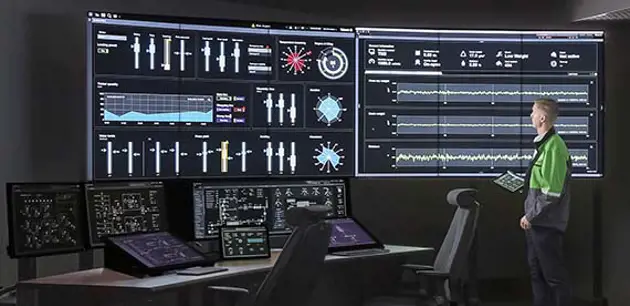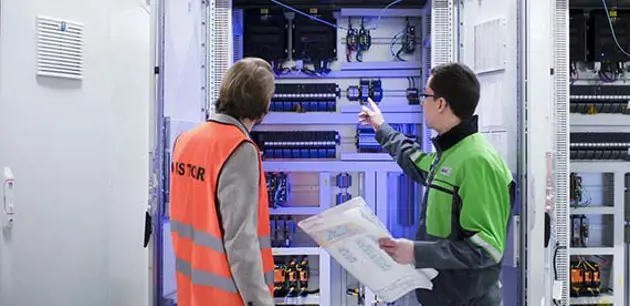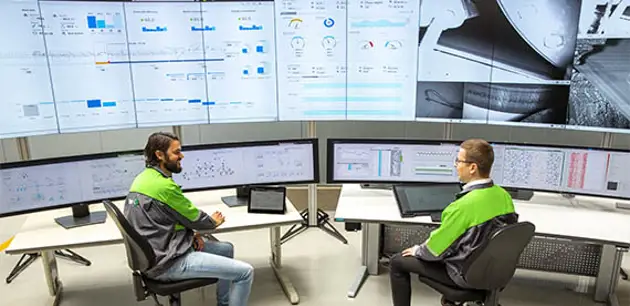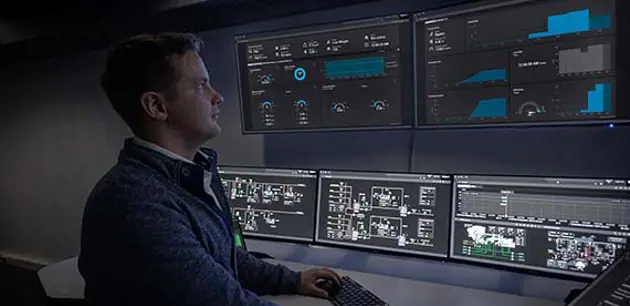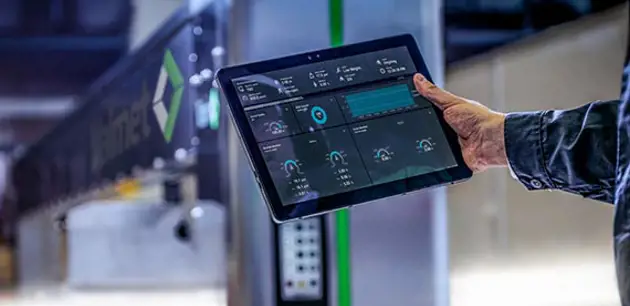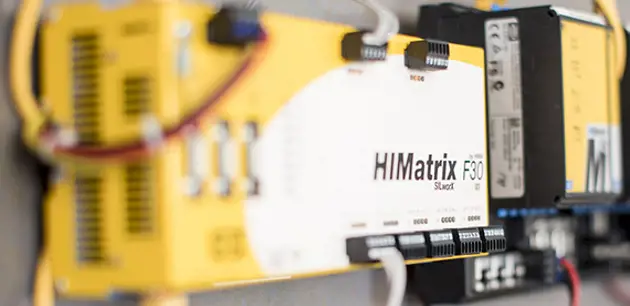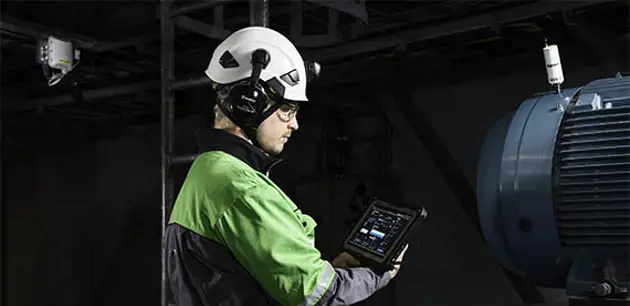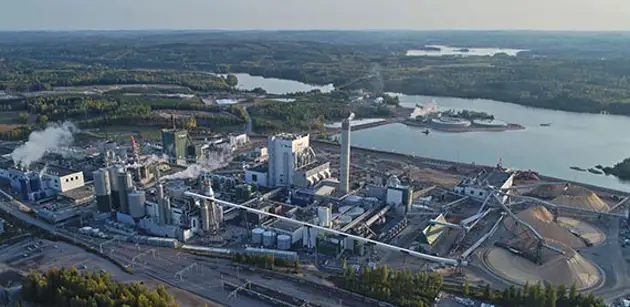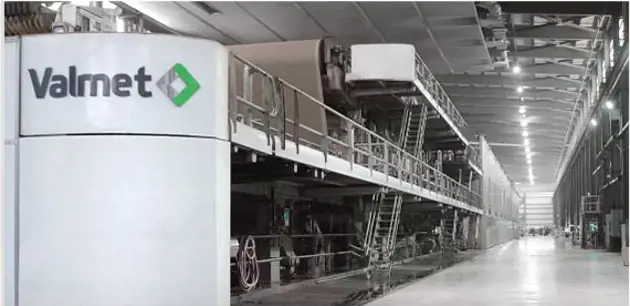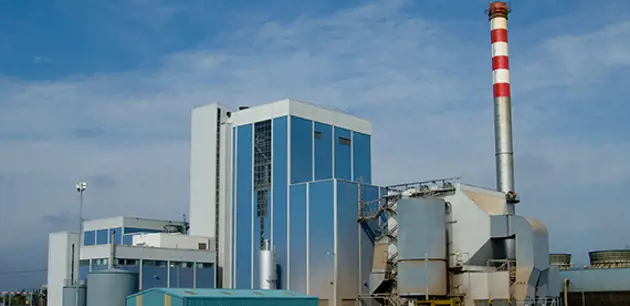System architecture
Valmet DNA Automation System
Valmet DNA system architecture enables use of the same platform for different types of controls like: process-, machine-, quality-, drive controls and optimizations. The architecture is scalable ranging from systems of few tens of I/O’s to systems with tens of thousands of I/O’s.
The Valmet DNA system architecture is designed to meet the following requirements
- High system reliability, achieved by using proven system components.
- Flexible usage, achieved by operational functionality in various locations.
- Sophisticated analyzing and reporting needs.
- Advanced control tasks and algorithms.
Valmet DNA consists of three activities
- Operator tools gather together intuitive tools for users and communities and give everyone from the control room to corporate management access to the same facts and information. It provides a realistic window to process events, allowing users to view and interact with the production process.
- Controllers, I/O’s and interfaces contain everything that runs automatically. It covers all controls, various field interfaces, and buses and optimizations. It supports both distributed and centralized solutions and connections to third-party systems. A high safety level is achieved using integrated Safety Instrumented Systems. Comprehensive information services contain history data collection to the consistent databases.
- Engineering and maintenance contain tools to engineer and maintain plant automation. It also ensures that automation investment is safe also in the future.
Network
Valmet DNA has a decentralized structure and allows for later extensions without disturbing existing system parts. Different sub-processes are divided into different controllers. If one controller stops or fails, this will not affect other process parts.
Ring topology is recommended for the Valmet DNA network structure, but also star (switched Ethernet) topology is possible. All connections are normally redundant. Process controllers, user interface computers, history database and engineering servers are connected to the network without additional gateways. The process network is based on 100 Mbit/s communication, and in special cases even higher speeds may be attained. The communication protocol is UDP/IP combined with a Valmet DNA-specific application protocol.
Both network topologies provide robust and redundant network structure, as well as rapid switching to backup connections. Network connections between PCs and ACN controllers are redundant, so a backup path is always available. Main and backup connections use different Ethernet cards and switches. If the main connection fails, the hot backup connection automatically takes over. An alarm is generated when the connection switches over to the backup. Alarms are also generated by network failure, like any other Valmet DNA component failure. Network architecture itself offers an easy way to expand the network from a small system to a mill/plant-wide solution. Subnetworks are also easy to connect together.
The name-based communication protocol ensures flexible, address-independent interfaces between applications, within each controller and between controllers. The advantage of name-based communication also results in flexible and user-friendly application engineering. Communication between the process control environment and the information management environment is also based on the same name-based protocol, allowing a seamless link between these areas and resulting in a high level of flexibility. There is also no need to configure data transfers between controllers.
The Valmet DNA network must be separated from the normal office network of the plant by means of a router. This ensures that potential problems in the office network will not affect the control room bus and vice versa. Direct Internet access from the automation network is prohibited.

